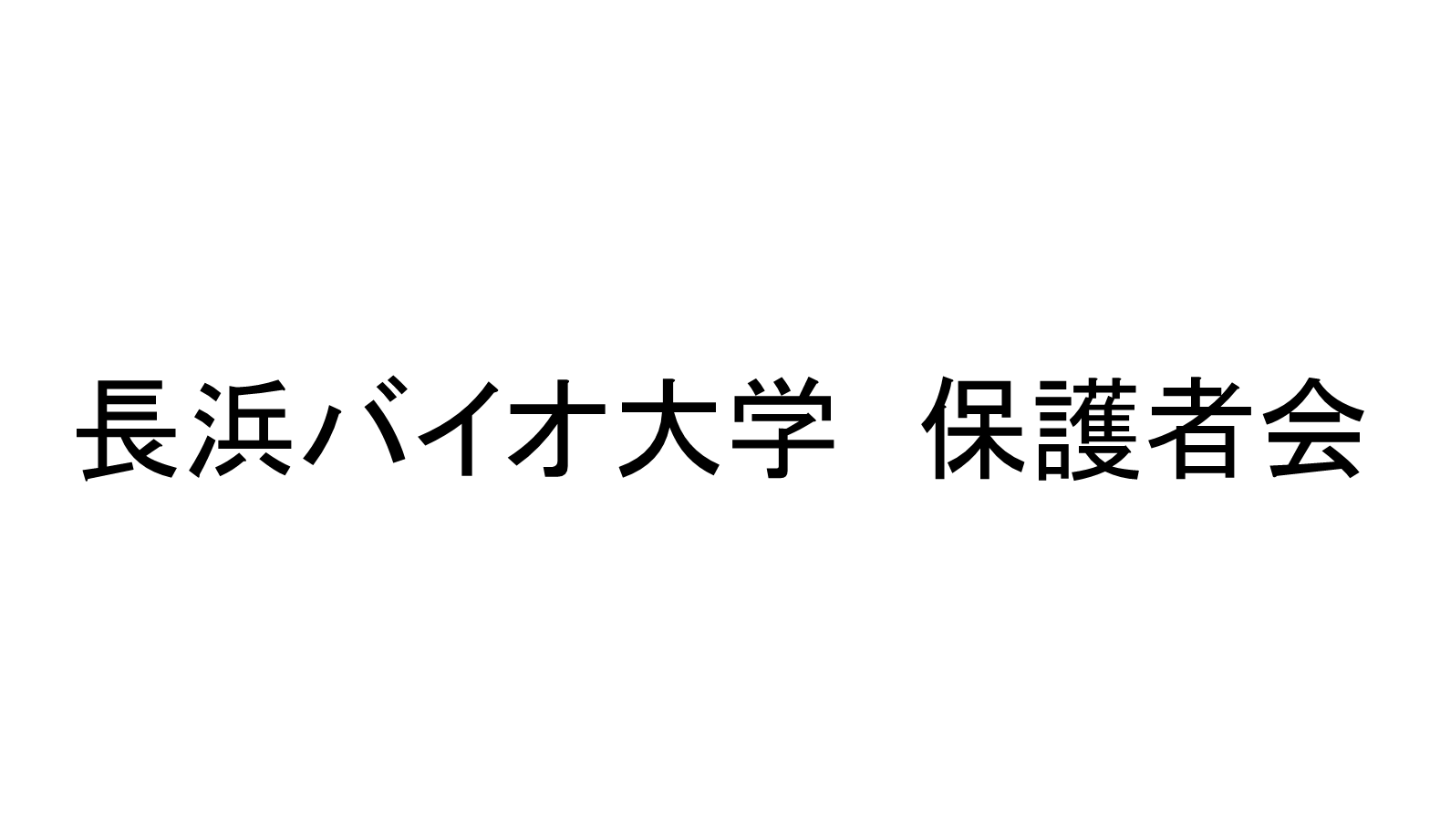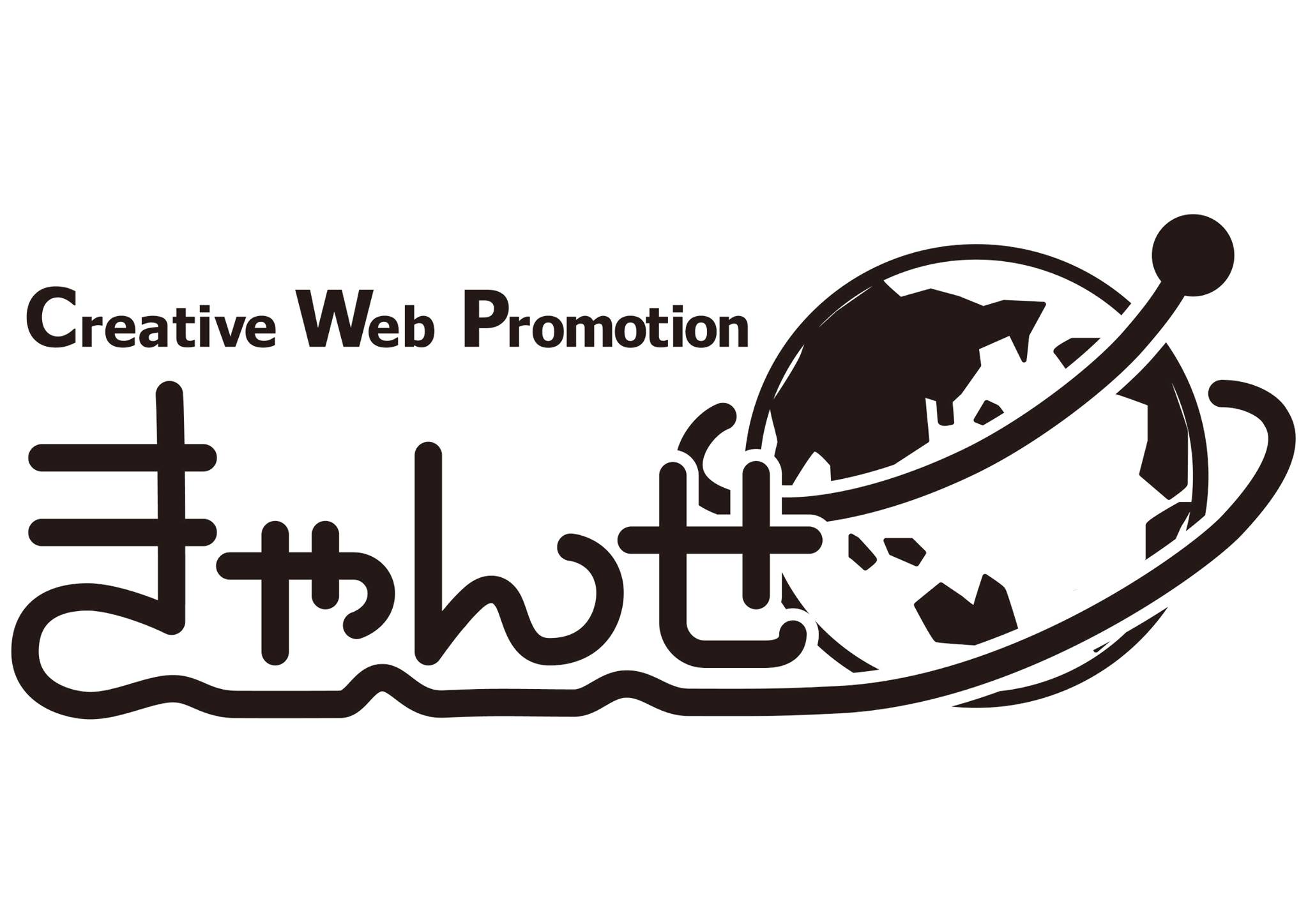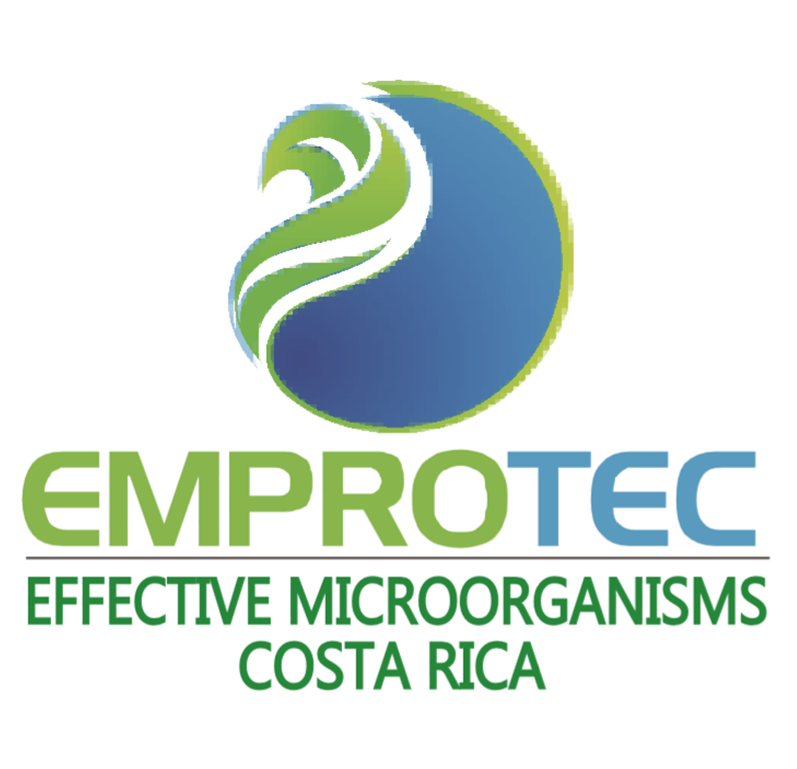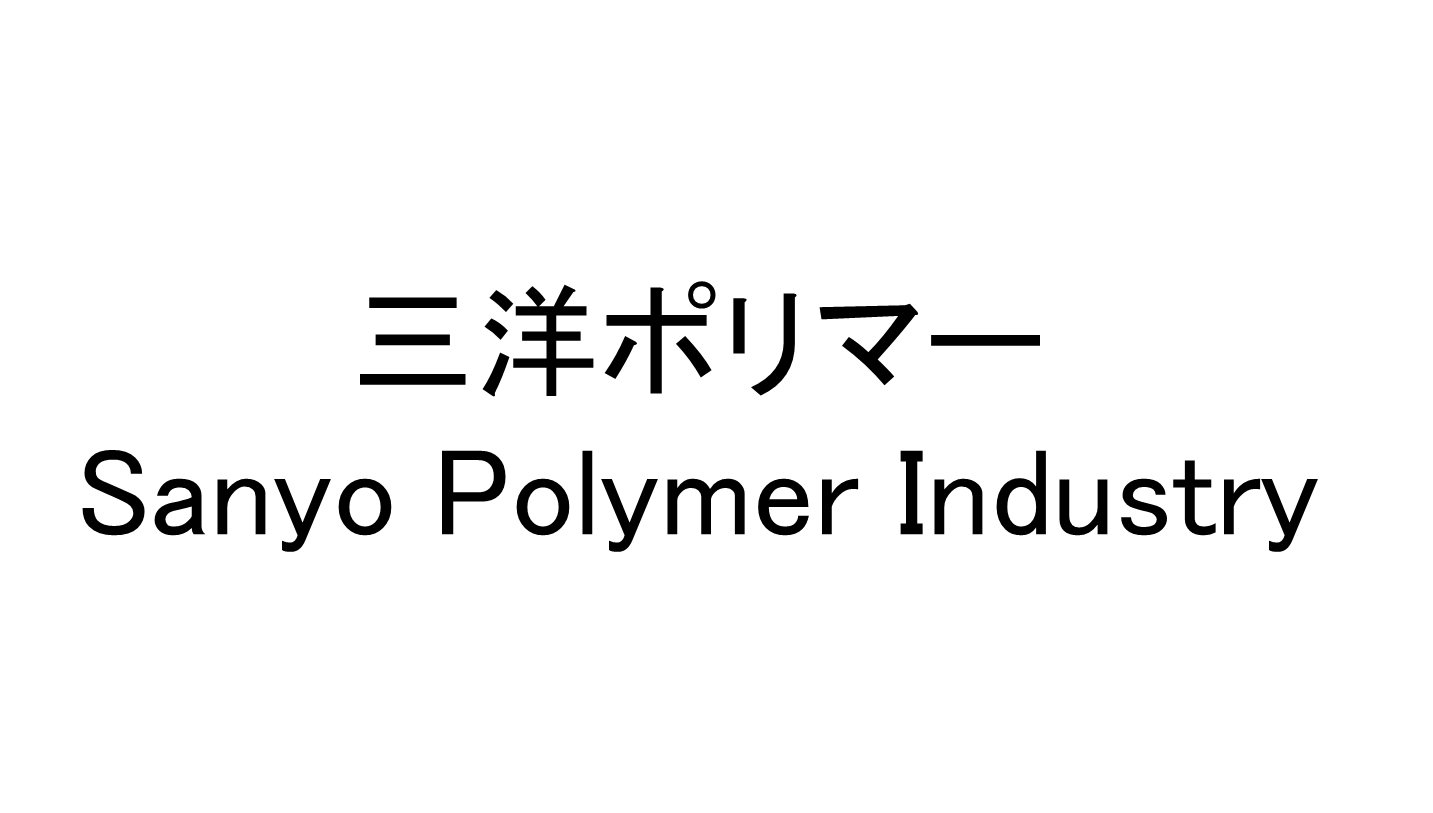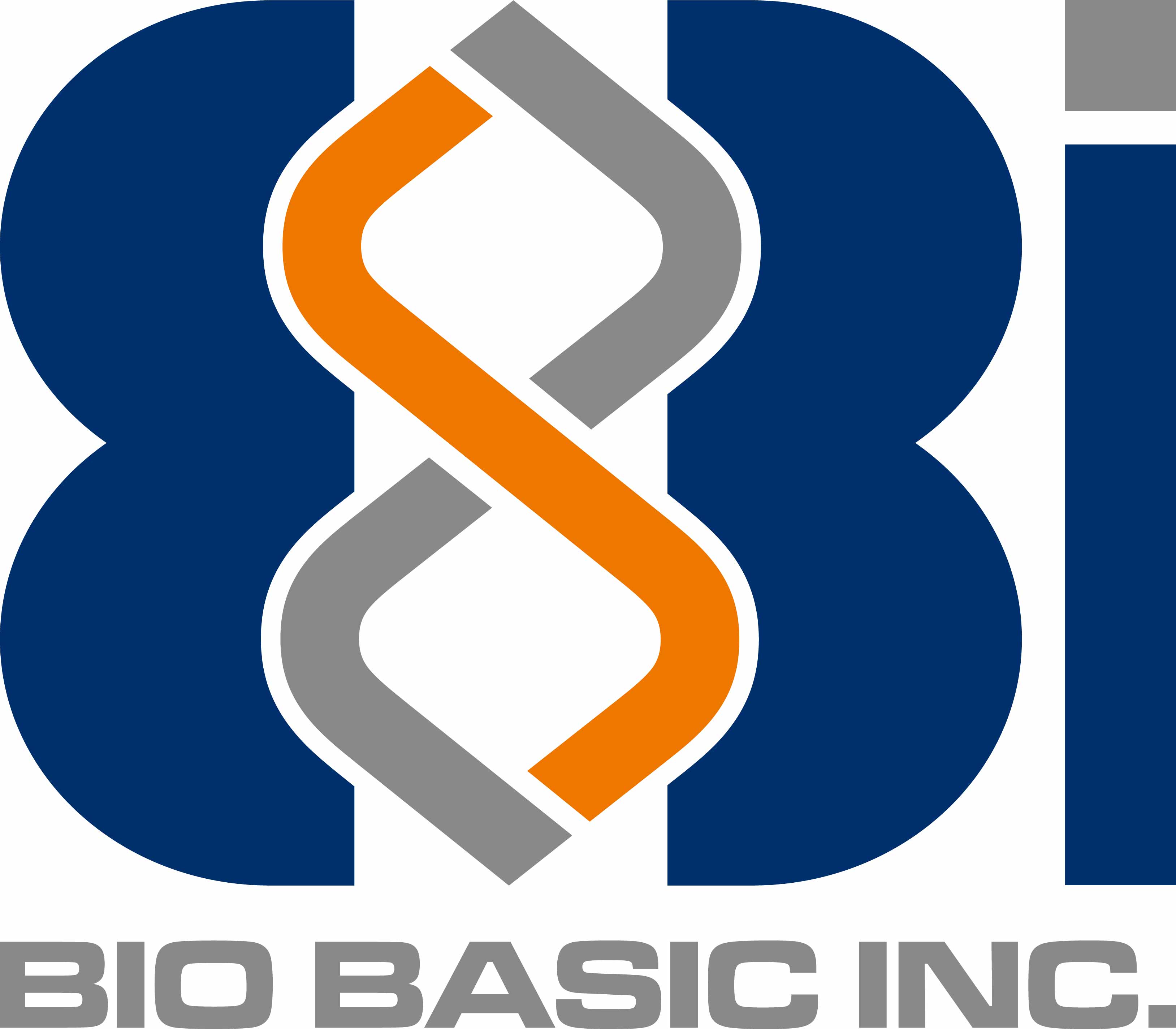Team:Nagahama
香蔵庫(KOZOKO)
Contents
We achieved GOLD Medal Criteria, certainly!
Bronze Medal
Q1.Register for iGEM, have a great summer, and attend the Giant Jamboree.
A1.
Q2.Complete the Judging form.
3.Create and share a Description of the team's project using the iGEM wiki, and document the team's parts using the Registry of Standard Biological Parts.
4.Present a poster and a talk at the iGEM Jamboree. See the 2015 poster guidelines for more information.
5.Create a page on your team wiki with clear attribution of each aspect of your project. This page must clearly attribute work done by the students and distinguish it from work done by others, including host labs, advisors, instructors, sponsors, professional website designers, artists, and commercial services.
6.Document at least one new standard BioBrick Part or Device central to your project and submit this part to the iGEM Registry (submissions must adhere to the iGEM Registry guidelines). You may also document a new application of a BioBrick part from a previous iGEM year, adding that documentation to the part's main page.
Silver Medal
| Experimentally validate that at least one new BioBrick Part or Device of your own design and construction works as expected. Document the characterization of this part in the Main Page section of the Registry entry for that Part/Device. This working part must be different from the part you documented in Bronze medal criterion | りんご |
| Submit this new part to the iGEM Parts Registry. This part must be different from the part you documented in Bronze medal criterion | パン |
| iGEM projects involve important questions beyond the bench, for example relating to (but not limited to) ethics, sustainability, social justice, safety, security, and intellectual property rights. We refer to these activities as Human Practices in iGEM. Demonstrate how your team has identified, investigated and addressed one or more of these issues in the context of your project. | しょう油 |
Gold Medal
| Choose one of these two options: (1) Expand on your silver medal Human Practices activity by demonstrating how you have integrated the investigated issues into the design and/or execution of your project. OR (2) Demonstrate an innovative Human Practices activity that relates to your project (this typically involves educational, public engagement, and/or public perception activities | りんご |
| Help any registered iGEM team from a high-school, different track, another university, or institution in a significant way by, for example, mentoring a new team, characterizing a part, debugging a construct, modeling/simulating their system or helping validate a software/hardware solution to a synbio problem. | パン |
| Improve the function OR characterization of a previously existing BioBrick Part or Device (created by another team, or by your own team in in a previous year of iGEM), and enter this information in the part's page on the Registry. Please see the Registry Contribution help page for help on documenting a contribution to an existing part. This part must not come from your team's 2015 range of part numbers. | しょう油 |
| Demonstrate a functional prototype of your project. Your prototype can derive from a previous project (that was not demonstrated to work) by your team or by another team. Show this system working under real-world conditions that you simulate in the lab. | 豚肉 |
iGEM Nagahama 2015
Human takes a meal to live.
We use refrigerator to store food.
We use approximately 18 trillion kilowatts in the world.
Do you imagine it?
Probably you cannot do it.
Electric of the refrigerator is including it. The refrigerator prevents bacterial growth.
General family in some developed countries, it is essential electric appliances to live.
In other hand, some developing countries are not provided electricity. They cannot use the refrigerator. Then we thought method for preserving foods without using one. We researched more and more.
Resulting, we found lemon, rose, wasabi, and basil has the antibacterial activity of volatile substance. We suggested it can preserve foods using such substance. We call this box “Kozoko”. "Kozoko" don’t need electricity.
We investigated studies and experimented. As a result of having conducted various investigations. I found that the fragrance (i.e. terpenoid) of the plants such as a lemon, a rose, and the basil are antibacterial. If this fragrance ingredient fills it in a box, we can preserve the food. The storage of food preservation using the fragrance from these plants seems to be called "Kozoko". The spread of "Kozoko" will solve the future energy problem, but it don’t spread present age. There are some difficult points, grinding a plant, needing environment to grow plants, and taking many costs. From these reasons, we thought "Kozoko" don’t spread present age.
There is the following reason for it.
1.It is trouble to grind a plant.
2.Itcosts to bring up plant oneself.
3.Environment raising a plant to use is necessary.
etc...
This year, we design the "Kozoko" of the modern version using synthetic biology to resolve its previous problems.
Sponsors
Welcome to iGEM 2015!
Your team has been approved and you are ready to start the iGEM season!
Before you start:
Please read the following pages:
Styling your wiki
You may style this page as you like or you can simply leave the style as it is. You can easily keep the styling and edit the content of these default wiki pages with your project information and completely fulfill the requirement to document your project.
While you may not win Best Wiki with this styling, your team is still eligible for all other awards. This default wiki meets the requirements, it improves navigability and ease of use for visitors, and you should not feel it is necessary to style beyond what has been provided.
Editing your wiki
On this page you can document your project, introduce your team members, document your progress and share your iGEM experience with the rest of the world!
See tips on how to edit your wiki on the Template Documentation page.
Templates
This year we have created templates for teams to use freely. More information on how to use and edit the templates can be found on the Template Documentation page.
Tips
This wiki will be your team’s first interaction with the rest of the world, so here are a few tips to help you get started:
- State your accomplishments! Tell people what you have achieved from the start.
- Be clear about what you are doing and how you plan to do this.
- You have a global audience! Consider the different backgrounds that your users come from.
- Make sure information is easy to find; nothing should be more than 3 clicks away.
- Avoid using very small fonts and low contrast colors; information should be easy to read.
- Start documenting your project as early as possible; don’t leave anything to the last minute before the Wiki Freeze. For a complete list of deadlines visit the iGEM 2015 calendar
- Have lots of fun!
Inspiration
You can also view other team wikis for inspiration! Here are some examples:
- 2014 SDU Denmark
- 2014 Aalto-Helsinki
- 2014 LMU-Munich
- 2014 Michigan
- 2014 ITESM-Guadalajara
- 2014 SCU-China
Uploading pictures and files
You can upload your pictures and files to the iGEM 2015 server. Remember to keep all your pictures and files within your team's namespace or at least include your team's name in the file name.
When you upload, set the "Destination Filename" to Team:YourOfficialTeamName/NameOfFile.jpg. (If you don't do this, someone else might upload a different file with the same "Destination Filename", and your file would be erased!)



